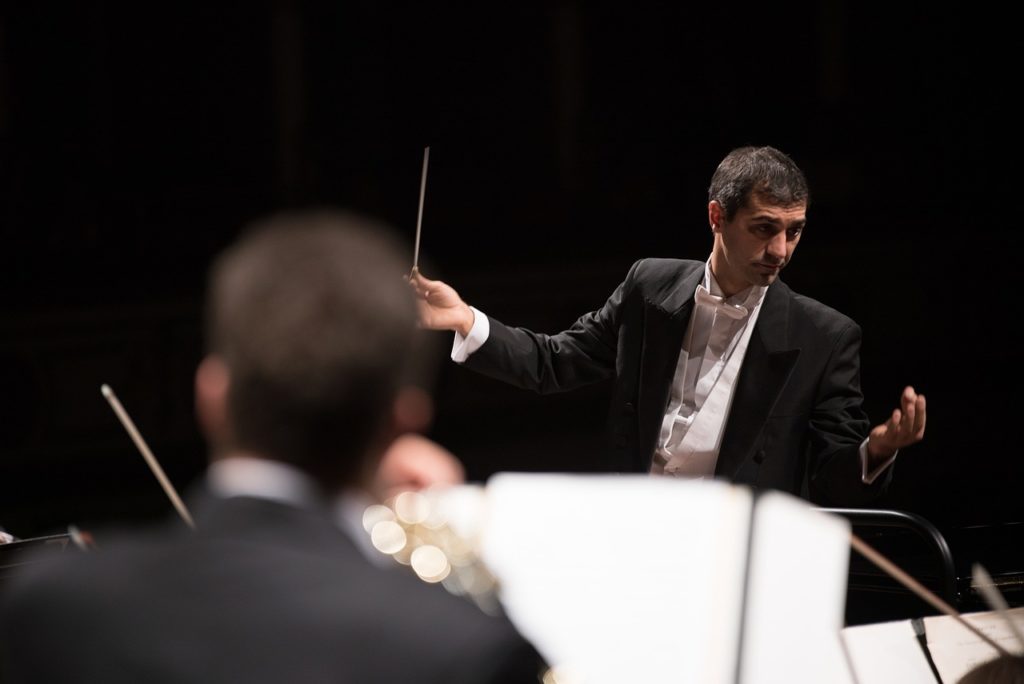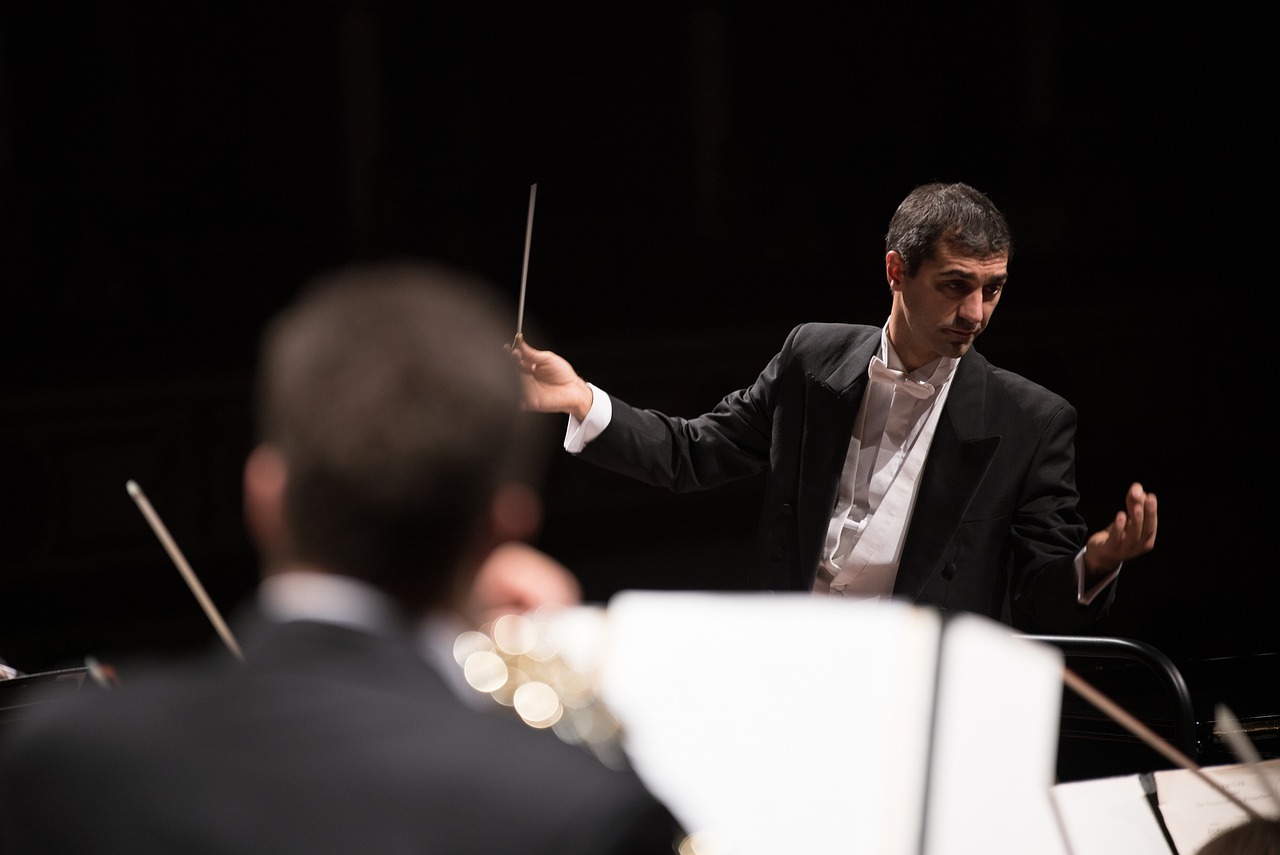Your project is ready to kick off. You’ve got your project manager, your team leads…but do you have a COO? That is…Chief Orchestration Officer?
Before you correct me and tell me that’s not an actual position, hear me out. But first, let’s think about an orchestra. Without the conductor, you have a lot of noise coming from 100 musicians. It’s the conductor’s job to turn that noise into music.
That’s what this COO role does on a digital transformation. It turns cacophony into harmony that helps propel the initiative forward.
Too Many Moving Pieces and Parts

We talk a lot in the consulting world about the vision, the strategy to enable it, and the execution plan for this strategy to drive and deliver value to the business. A constant over the past 40+ years has been the increased complexity of the environment (regulatory, legal, cultural, process, technology, etc.). Everything has become ever more complex.
Programs over the years have gone from mainframe to large-scale ERP implementations and nowadays to the world of cloud, apps, automation, IoT, and machine learning. Part of your infrastructure is now most likely on the cloud, in public, private, hybrid, or multi-tenant platforms, and of course, a myriad of apps and microservices.
Too often, it’s a piecemeal approach that doesn’t take into consideration how those pieces and parts work together. That’s what your COO should do. She should decomplexify the landscape and create beautiful music from the corpus of the business transformation.
Help Wanted: Chief Orchestration Officer
So what does this role look like?
Just like a conductor, who understands the complexity and intricacy of the music and who can bring out the emotion the composer intended, the COO must be able to pull together multiple elements of a transformation (consider those the notes) to create harmony.
She needs experience in harmonizing a program, as well as a greater awareness of what the initiative is trying to accomplish, along with a complete vision of how the transformation will improve the organization. She also needs a level of diplomacy to manage disruptions and disagreements that are likely to erupt along the way.
The COO is not the project manager (PM). The PM role is great at planning but may have blinders on and may not understand the impacts of a given project on the larger enterprise ecosystem because that is beyond what the PM has been tasked to do, which is to deliver that one project.
The COO is more of an “air traffic controller.” This role is one that can see the connections and dependencies between the various teams, groups, functions, sites, and departments involved in the overarching enterprise digital transformation. Let’s dive deeper.
Three Key Elements for Creating Musical Harmony
Using the analogy of a conductor, let’s look at the key aspects the role of the Chief Orchestration Officer needs to have.
1. Understand the Vision, Embrace the Strategy, and Own the Execution
In an orchestra, the conductor must understand the intention and emotional impact, (in digital transformation: vision and mission) that the composer had while creating the composition (strategy), and she must execute it flawlessly (integrated delivery). She must pay attention to which notes to stress (objectives), she must control the tempo (velocity), and direct the performers (cadence). She orchestrates each note of the composition to make it sound its best (value realization).
Similarly, you can’t realize the full business benefits of an enterprise digital transformation if you don’t have a specialist (COO) who understands the complexity and interdependencies of all the portfolio projects and how to organize all of them to execute flawlessly.
In this context, it’s the COO’s role to manage those connections and dependencies. And just as in an orchestra where your musicians don’t need to be exposed to that level of complexity to make their music, in a digital transformation, most project stakeholders should not have to worry about the myriad of intricate interdepencies across the enterprise to do their job well. The COO is the digital transformation conductor that enables the vision—the enterprise digital composition—to deploy in concert for maximum impact.
2. Deploy the Best Instruments In The Best Positions
A good conductor understands each musician’s capacity and capabilities. She knows who plays well with others to create harmony and who needs a solo.
In a global organization, it’s the role of the COO to make sure people understand their contributions and responsibilities. All else being equal, just as in an orchestra, having the right talent in the wrong places does nothing other than create more discordant noise. A key responsibility of the COO is to ensure that the key roles are filled with the right people, and that they are empowered to work in their most effective manner.
The fact that many of us are working remotely now adds another layer of complexity: there are people located in different countries and in different time zones. Managing all of this requires proper planning, unequivocal communication, accountability, clear direction, charisma, and empathy. The COO is the role that must work both within a program and across programs to ensure that the right talent mix is set up properly to work within the most effective governance framework to realize the enterprise’s digital transformation goals.
3. Curate the Right Environment
The orchestra’s sound will be more beautiful in a chapel than in your garage. Knowing where to play falls on the conductor.
On a transformation program, you must have the right infrastructure, platform, and applications mix that will be effectively adopted by the business to effectively deliver value. The problem is complex: which apps are the best for which customers? And which are the most efficient for the various business functions? They may not be the same. Is SaaS the panacea? And if so, what kind and where? Are there regulations to be aware of? What cultural differences do we need to account for?
And on and on, the real value proposition questions abound. All of these transformation environment questions also fall within the purview of the COO, so the to-be landscape is as much a part of the criteria for success as are the individuals driving the outcomes.
Enable Your Transformation Success
Once the purpose of the role makes sense, the next sensical question to ask is: “who then should you have take up the mantle?” Often, the right internal employee who is best able to take on the role of Chief Orchestration Officer is not available due to competing demands or politics. If this is not your constraint, then get that person staffed immediately and empower her success!
But the key success factor here is having the right talent to lead this limited duration and limited scope effort, not the reporting structure, so in that unfortunate case where the best internal resource is not available, the better solution is not settling for second rate, but rather having someone best from the outside, someone who excels at seeing the big picture, as well as someone who is a master at applying knowledge gleaned from leading digital transformations at other organizations. After all, digital orchestration is a talent, not a title.
Share:


